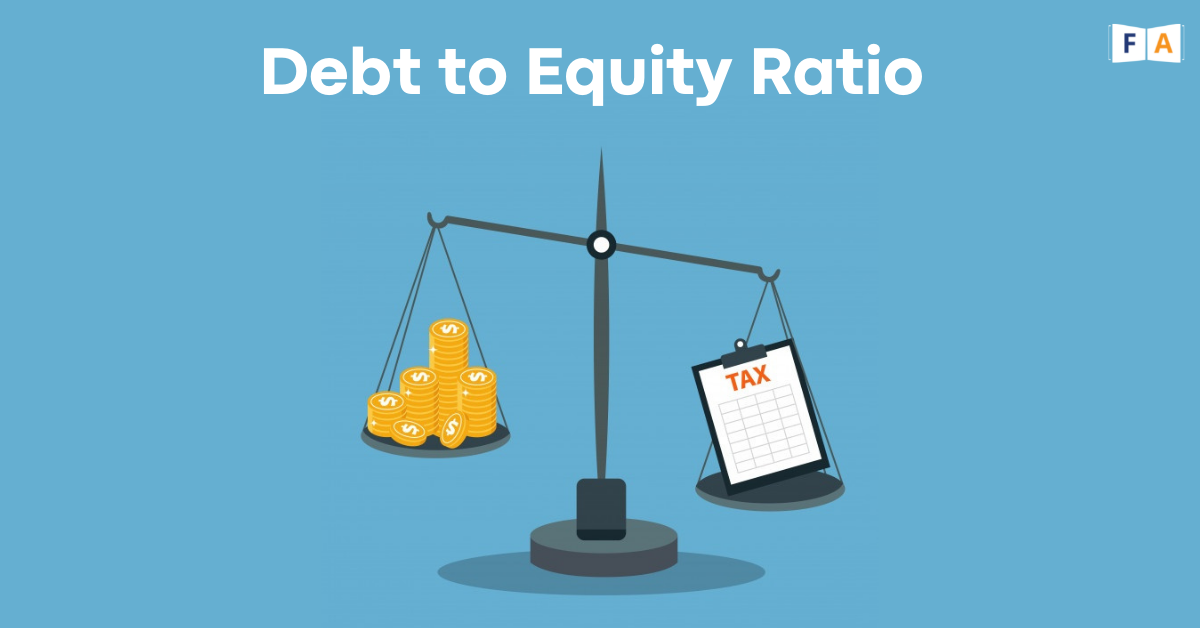
Debt to Equity Ratio – Definition, Formula, Usage
Debt to Equity Ratio
The Debt to Equity Ratio is used to determine the financial leverage of a company.
Formula
Debt to Equity Ratio = Total Liabilities / Total shareholder’s equity
It is one of the leverage ratios used.
How to calculate Total liabilities?
This is done by adding the long and short-term debt obligations of the company. The master equation of Assets = Liabilities + Equity is also often used for the same.
Interpretation?
The ratio tells us the extent to which the company is taking on debt by leveraging its assets. If a company is aggressive in financing its growth, it is reflected in its high D/E.
If the increased leverage has benefited the company significantly and increased earnings, the ratio would reflect that. However, only an increase in leverage (as indicated by a higher D/E) is not favorable.
Hence it shows us if the cost of debt outweighs the benefits generated.
A ratio of 1.5 implies that a company has Rs. 1.5 in debt for every asset of Rs. 1.
What is a good D/E?
In most cases, a ratio less than unity is considered to be safe, whereas a ratio more than 2 is looked at as risky.
A too-low ratio is also not a good sign as the company is then not using the avenue of debt to grow.
Sometimes the ratio can be negative which is seen as a major red flag – it implies that the company has negative shareholder’s liability (more liabilities than assets) and maybe on the verge of bankruptcy.
Modifications
Investors often modify this ratio to exclude short-term debt as it is less risky. It also tends to be cheaper and less responsive to shifting interest rates.
Limitations
Again the ratio needs to be evaluated from the perspective of the industry in which the company operates. Some industries by default have a higher capital requirement and different growth rates, and that should be factored into consideration.
One also needs to be careful of the components in the key elements of the formula, and ensure that its consistent across companies for a correct evaluation. For example, some analysts include preferred stock in the equity portion but the preferred dividend, par value, and liquidation rights make this kind of equity look a lot more like debt which makes the company appear riskier than it actually is.
Tags:Investing








